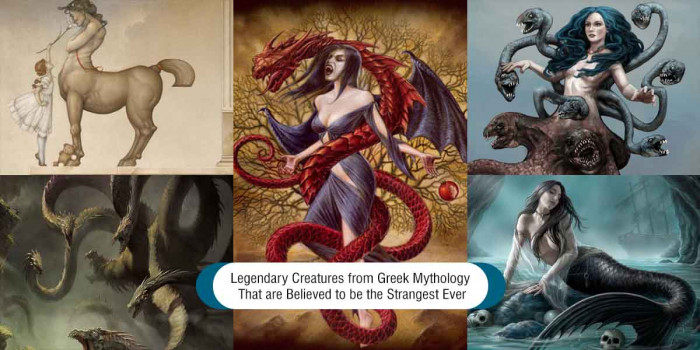10 Camouflaged Animals That are the Masters of Their Surroundings
Animals are the most beautiful creatures on earth. Some are dangerous; others are cute. Check out these camouflaged animals that are excellent in changing their coloration and in blending with the surroundings.
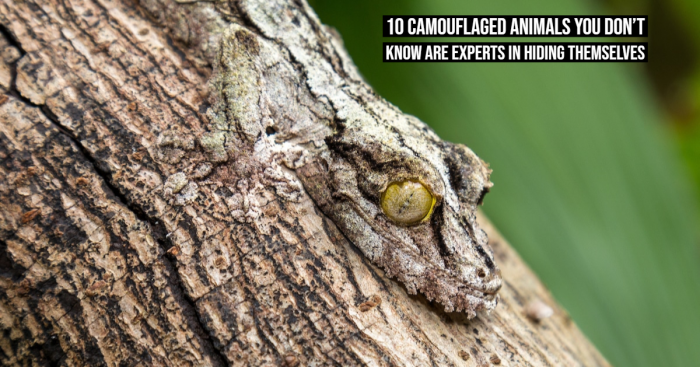
Have you ever heard about the word Camouflage? Do you know what does it mean? Camouflage is the use of the combination of materials or illumination to blend with the surroundings. And, several animals are masters of camouflage. The animal kingdom is difficult to understand. While there are animals that are cute pets, others are dangerous to own. Camouflage animals are brilliant in hiding themselves from the prey. Certain birds, reptiles, and insects are great in blending themselves seamlessly with their surroundings.
Mother nature is unpredictable. Camouflage is a great thing. It helps animals in catching prey and hiding from predators. You better beware of these clever animals because they can make you believe that they are not there.
Survival can become difficult in this animal world if you are slower than your predator. Therefore, many wild animals have developed different ways of camouflage throughout evolution. Some animals are known to adapt to their surroundings better; others are known to change their coloration.
So, if you think you are best at hide-and-seek, these animals are better than you. You can never beat them as they have the benefit of camouflage. Can you change your skin color? No! But these animals can. Take a look at the animals that are exceptional in hiding themselves.
1. Bat Faced Toad
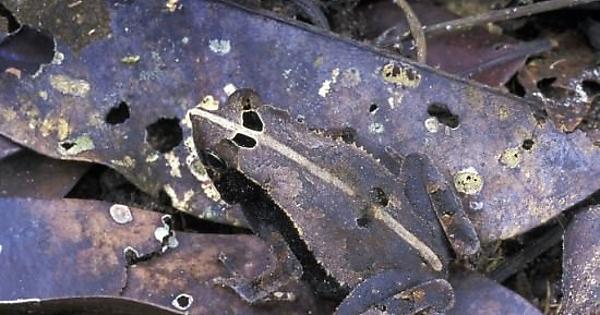
Can you spot bat faced toad in this picture? I am sure you have looked at this picture twice. Bat faced toads are native to South America. It weighs around 2 kgs. It is not the only frog that is an expert in changing its color. Aquatic frogs live in rivers and other bodies of water. In Sub-Saharan Africa, there lives the African clawed frog that has claws on its front and webbed feet on the back to move forward in the water. It uses camouflage to avoid predators.
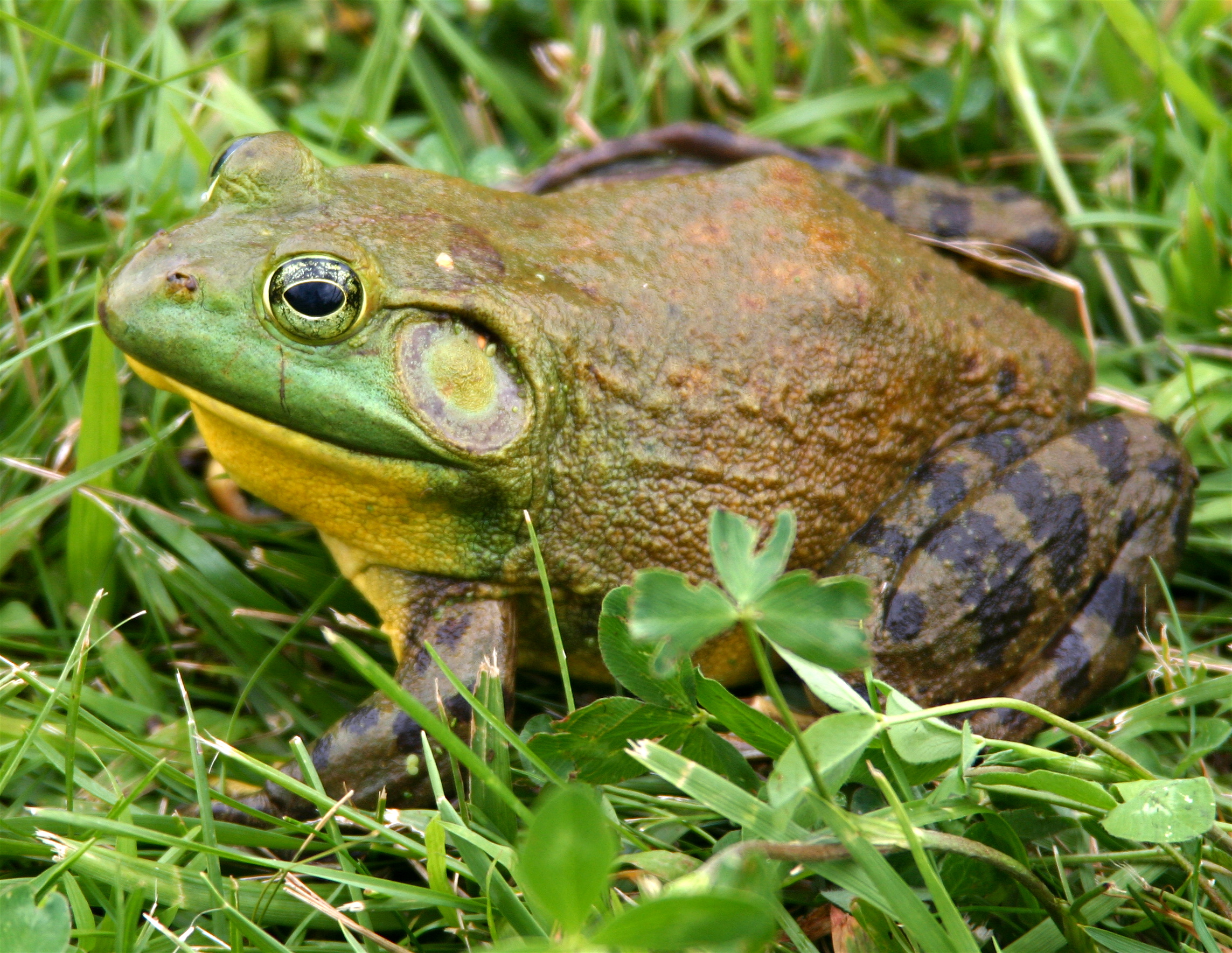
A Terrestrial frog, like American bullfrog, is huge and weighs over a pound. They are native to North American ponds and marshes. American bullfrog’s skin looks like algae on the ponds. Their brown patches easily get blend with dark water. Although adult toads have lungs, they usually breathe through their skin.
2. Mossy Leaf-Tailed Gecko
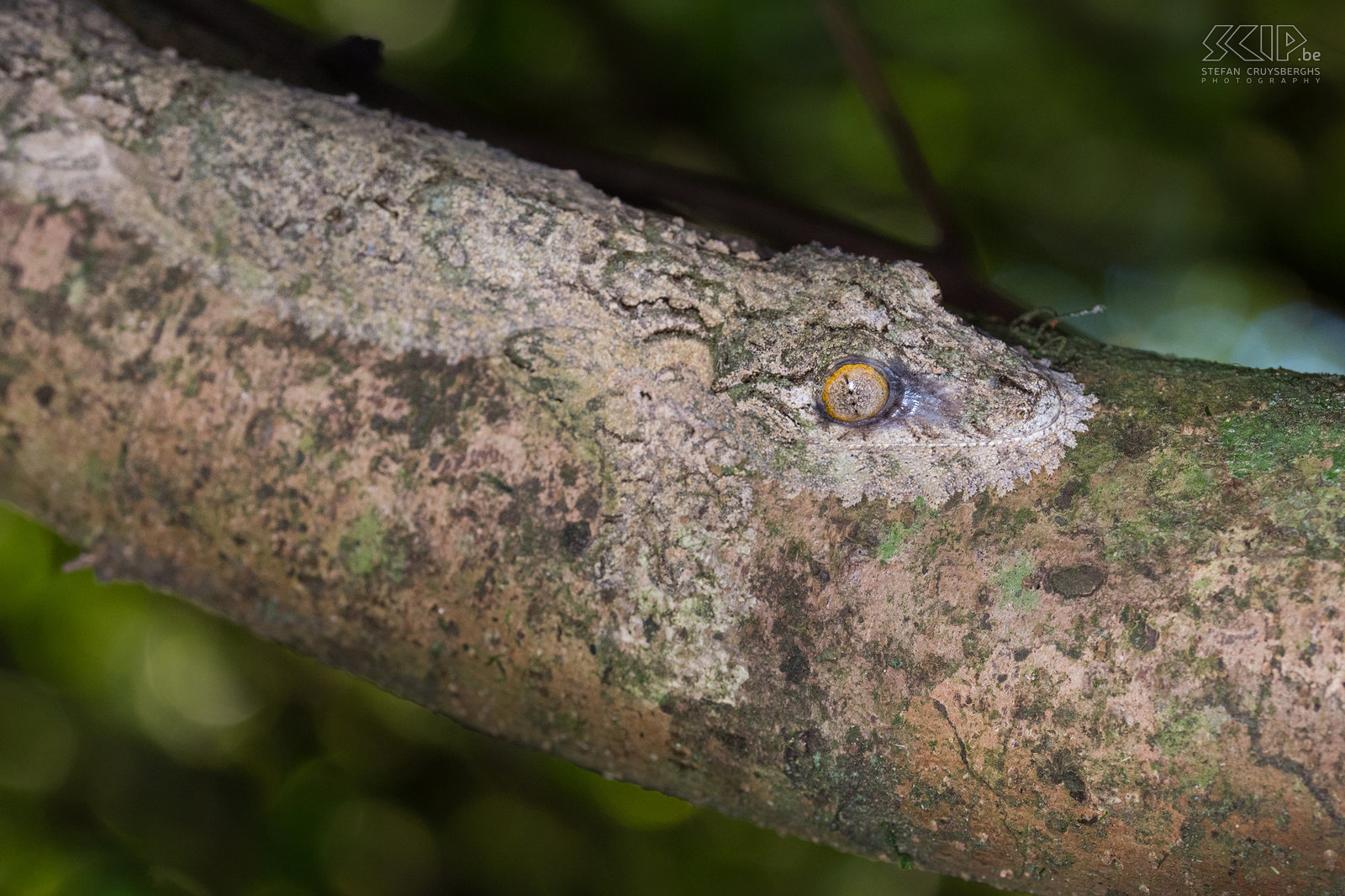
Mossy Leaf-tailed Gecko or a southern flat-tail gecko is another camouflage animal that resembles tree bark. Its eyes are large and have yellow sclera with elliptical pupils. It is usually brown or greenish-brown and looks like a tree. These geckos are found in primary and secondary forests of the central tropical forests of Madagascar.
It can reach up to 12 inches in length and 1 ounce of weight. It doesn’t have eyelids and removes dirt through its tongue. It hunts during the night and rests in the daytime. Leaf-tailed gecko has an average lifespan of 3-9 years.
Predators often do not notice this camouflage animal due to its color; also, it can flatten its body to reduce the shadow. It is a carnivore and consumes small rodents, worms, and reptiles.
3. Wolf Spider
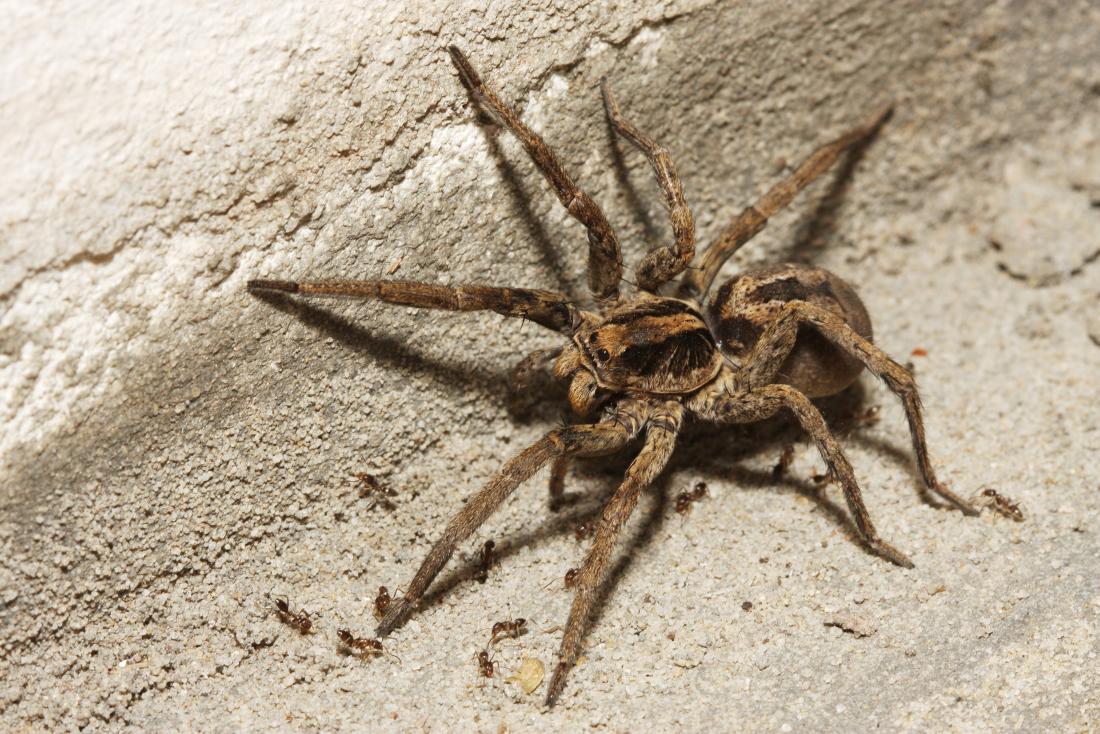
Wolf spiders have excellent eyesight. They usually hunt alone and have eight eyes arranged in three rows. They are typically brown to grey and are up to 2 inches in length. The spider undersides are grey and sometimes pink. They can be found in North Carolina and suburban areas. Wolf Spiders’ color varies as it depends where they are living, and blend into their surroundings as a camouflage.
They are very intelligent and put stones to block holes so that their burrow doesn’t get wet. The most amazing fact about Wolf Spider is that it has a flexible abdomen, i.e., it can eat lots of food whenever they want. Wolf spiders can be found around basements, doors, garages at home.
Symptoms of its bite may include pain and itching. They are considered the most diverse species of spiders. They can be easily detected at night due to their eyeshine. Many species of wolf spiders are stable; however, the Wolf spider of Portugal are endangered. It is not the only poisonous spider existing; these spiders are more poisonous and harmful.
4. Leafy Sea Dragon
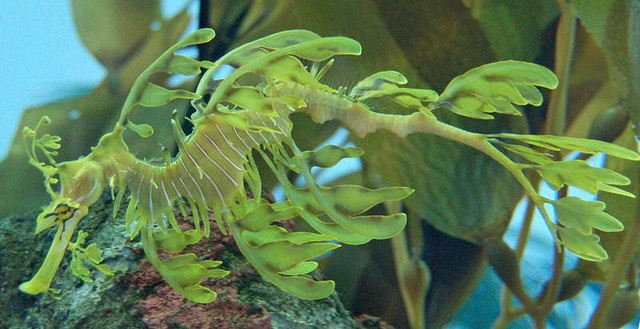
The Leafy Sea Dragon can be found in the southern and western coasts of Australia. It resembles seahorse but is closely related to pipefishes. They are named for the plant-like appearance that helps them to get blend with algae that grows in the seagrass. They are about 8 inches long and are the most unique looking species on earth. They can remain still for a long time when not feeding. They get tired very easily but have a great sense of direction.
They move at a speed of ⅛ mile per hour. That means they are not unique but slowest seahorses in the world. Leafy sea dragons are not good swimmers and depend on their camouflage for protection from predators. They feed sea lice for their survival. Pollution has lessened their number, and they are listed as near threatened.
5. Chameleon
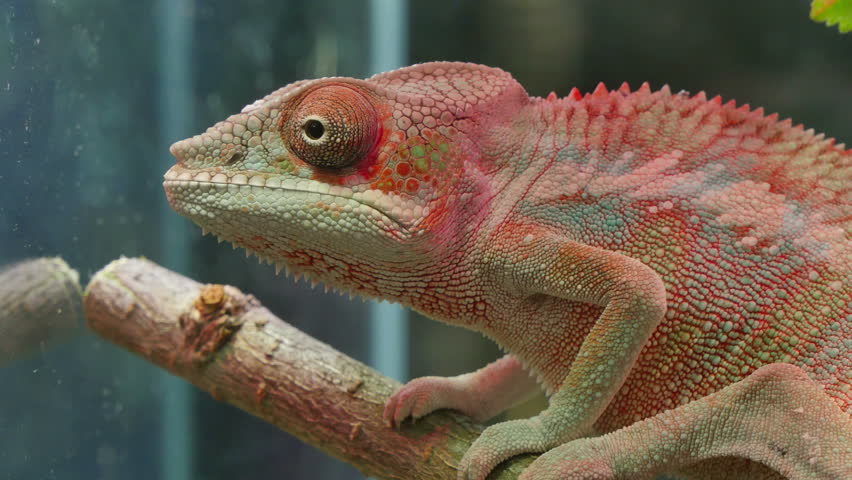
Chameleons are considered the best-camouflaged animals on the planet. They are very fast and can run up to 22 miles per hour. Other than their ability to change color, Chameleon has eyes that can look at different directions at the same time. It can be found in Europe, Africa, and North America, and are often kept as pets. They are the masters of camouflage, and no matter how complex color is, they can blend into any background. But do you know that they are not protected against predators?
They hide themselves to stay away from predators. The fact is Chameleon can blend into their surroundings without changing their color very much. In the relaxed state, they are usually green, brown, and grey, and blend into the trees and leaves, naturally. However, sometimes, they change their color to dark or light shades to match their surroundings.
Scientists believe that they change colors to communicate with other Chameleons. The color changes also reveal about their mood. For instance, light color is used to attract mates, whereas dark shows it is angry. Do you also want to own a wild pet like Chameleon? Check out this list of wild pets that can be owned at your risk.
6. Mountain Hare
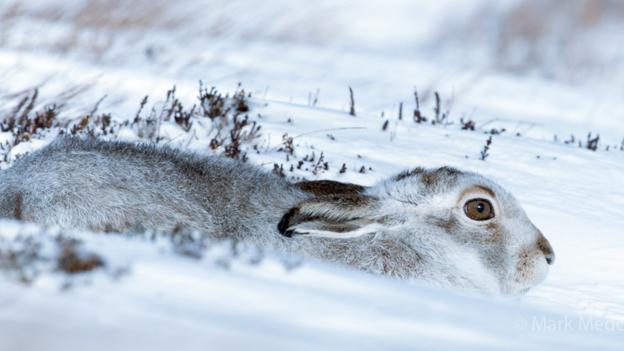
Mountain hare, blue hare, or variable hare are adapted to the mountainous habitat. They have beautiful white hair that cannot be missed. They are native to the UK, China, and Poland, and feed in large groups on moorlands and mountain grasslands. Mountain hare is a large animal but smaller than European hare. It can grow up to 65cm with a tail of 5-8 cm and weigh up to 6kgs. The average lifespan of mountain hare is 12 years. Females produce two to three litters of leverets a year.
This hare changes its color with the seasons. For instance, mountain hare turns into a mix of blue/grey and white with black tips on its ear in winter, whereas, turns into brown and grey in summers. But its tail stays white in every season. The white color keeps them camouflaged in the snow.
Mountain hares feed on twigs and leaves in summers and eat heather in winters. The biggest threat to this animal is humans. They are killed by humans as sometimes they destroy crops and fruit trees when no or little food is available for them in winters.
7. Great Grey Owl
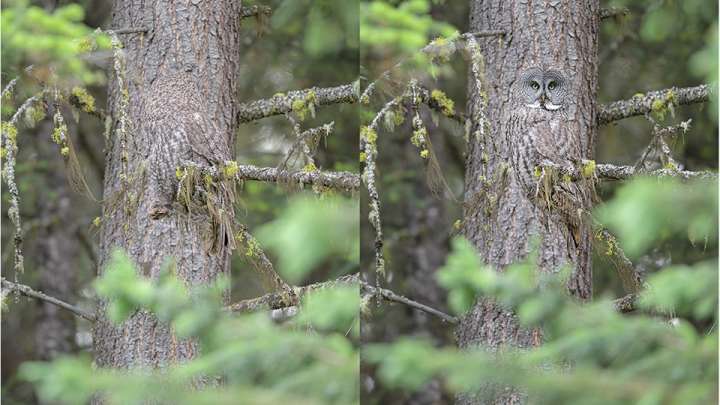
When it comes to camouflaged animals, Great grey owl is the most popular animal in the list. It is considered the world’s largest species of owl by length. It can be found in Northern Hemispheres. It is also referred to as spruce owl, spectral owl, and cinereous owl in some regions.
While some birds use their camouflage to hide from predators, this great grey owl uses its color to catch small prey and rodents. The length of this camouflaged animal ranges from 70 to 84 cm and weighs 1900 g. It prefers to nest and to make their home in old pine and fir trees that are far from human development.
They can be recognized by a large head and facial disk that lacks ear tufts. Its tail is very long and is of a dusky shade. Its wingspan can exceed up to 5ft.
Do you know great grey owl can turn its head 270 degrees? If you want to own an owl as a pet, these owl breeds can become your companion.
8. Western Diamondback Rattlesnake
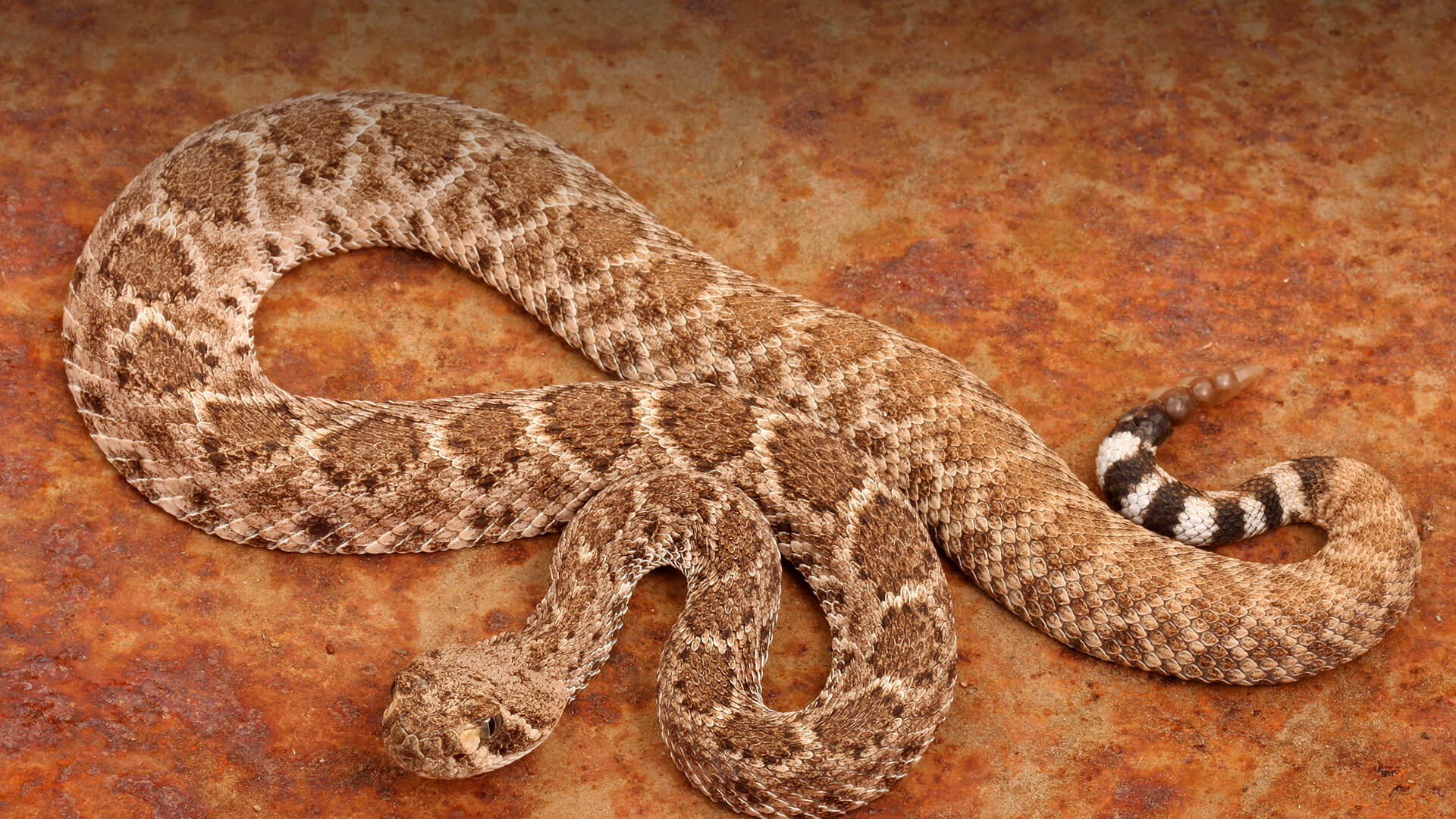
Texas diamond-back or the western diamondback rattlesnake is found in the southwestern United States and Mexico. This venomous snake is found to be responsible for the majority of snakebite in the US and Mexico; no other species are noted. They live up to 2000 meters above sea level and sometimes noticed in forested areas, rocky slopes, and coastal prairies.
The color and pattern found in this snake are used as camouflage on rocks and sand around their surroundings. Their colors may range from brown to reddish-brown. The western diamondback rattlesnake has a pattern of spots on the back that looks like diamonds. They feed on rabbits, lizards, rats, and other small mammals for their survival. They usually hunt at night and sometimes attack animals that weigh more than a snake.
They spend the daytime coiled in the shadow of growing shrubs and even utilize the underground burrows of animals to hide. Do you know the rattle of rattlesnakes is made of keratin? It is the same protein that your hair and nails are made of. Also, it can move its rattle 60 times per second.
9. Moth
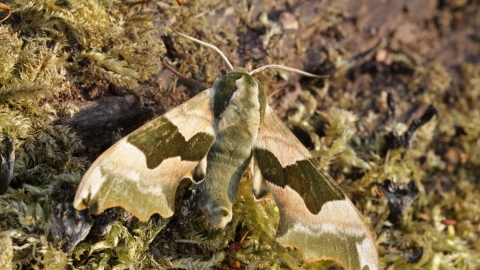
Moth resembles a butterfly. They can be easily noticed in the daylight; therefore, they change their color to the place they rest. A few months use camouflage so that predators couldn’t find them; others use patterns that break their outline, so their shape is not recognizable.
Moths are the best examples of camouflaged animals. Their patterns and wings are shaped naturally to resemble natural leaves and tree bark. They have antennae with no cub at the end.
They have hairy bodies and have earth tone colored wings. The adult moth does not take any food. After it emerges from its cocoon, it lives only for a week. Its goal is to mate and lay eggs.
There are over 10,000 species of moths in the US alone. You won’t believe, but these moths are great mimickers, and sometimes mimic bird droppings. Though male moth doesn’t have a nose, they are great sniffers. They can detect female moths by their antennae. The larger their antennae are, the better they will have olfactory senses and other senses.
10. Egyptian Nightjar
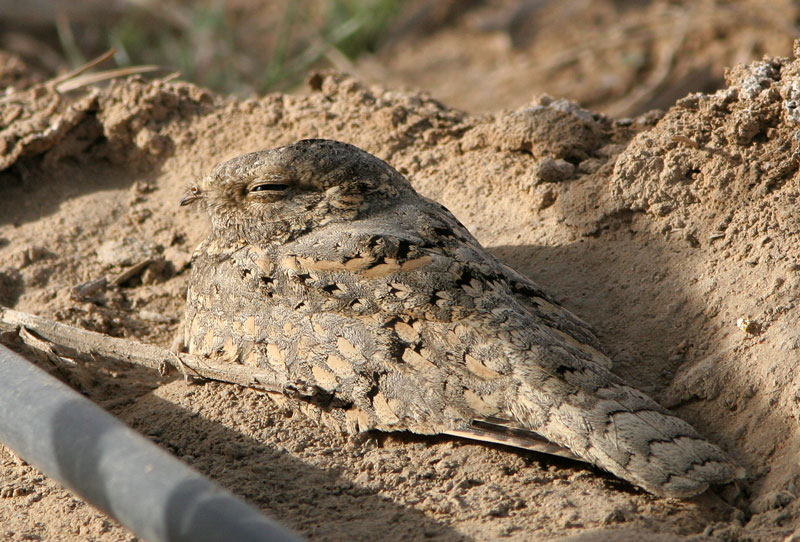
Egyptian Nightjar occurs in southwest Asia and north Africa. The adult Egyptian nightjar is sand-colored; the underparts are whitish. It is a small animal but with a longer tail than other species. It is native to the Arabian Peninsula, Bahrain, Egypt, Nigeria, Saudi Arabia, Pakistan, and Afghanistan.
The nightjar's soft plumage and coloring help it in blending with the surroundings. It is well adapted to live in the desert because its sand-colored feather gets easily blend with the streaks of black and brown and helps to hide in the sandy area.
During the day, this camouflaged animal sits on the ground and is difficult to notice. It feeds on moths and other insects.
Final Words
While some animals on earth are so dangerous that they do not need to show their presence, others depend on camouflage to keep themselves safe from predators.
No doubt, these animals are experts in hiding themselves and can fool you with their skills. Here are some intelligent animals that couldn’t hide from predators but can adapt your qualities and become like you.
Do you know other camouflaged animals? If yes, then share them below.
Popular Posts
10 Biggest Water Dinosaurs & Sea Monsters Ever Found in Archaeology
The present-day ocean is certainly a scary place where giant sharks, whales, squids, barracuda, and numerous other marine creatures live.
Kimberly Campbell
6 Amazing Things We Should Learn From Camel Feet
Camels are a kind of mammals with the humped back, long legs, and lipped snout. They were domesticated nearly 3000 years ago are still used for transportation.
Kimberly Campbell
80 Most Popular Long Neck Dinosaurs Ever Recorded in History
Do you know the largest creatures ever walk on the earth were the long tailed and long neck dinosaurs which were called as Sauropods?
Kevin Green






